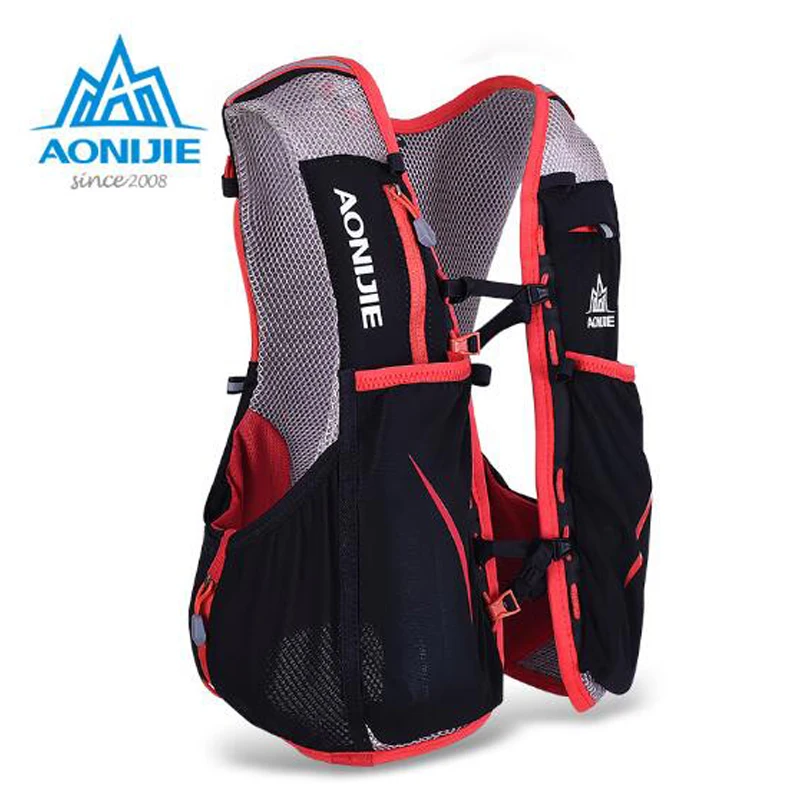CONSTRUCTING A TRAIL RUNNER
When constructing a trail runner, the goal is to build up in a way
that prevents breakdown. It helps to think of your running training like
building a house. You start at the foundation. Yet far too often, trail
runners skip this essential step, and they are left thinking that
injuries and burnout are common, rather than preventable.
The Foundation—Aerobic Development
The foundation of
trail running is aerobic development from consistent, easy miles.
Aerobic running is lower intensity, meaning the muscles have enough
oxygen to perform using aerobic metabolism. Primarily, aerobic running
burns fat, rather than carbohydrates, allowing the body to become more
efficient with this readily available fuel source. At aerobic paces, you
should be able to hold a conversation.
The benefits of aerobic running are threefold:
• First, it
improves how efficiently your body pumps blood and oxygenates working
muscles, which will make you faster at all effort levels.
• Second, it builds strength in muscles, tendons and bones. That strength is essential for preventing overuse injuries.
• Third, it is fun and sustainable—since it shouldn’t ever hurt, it’s easier to stay on target and train consistently.
The Cement—Running Economy
While
the foundation is built with aerobic running, it is held together with
running economy. Running economy is the amount of energy it takes to run
a given pace—good running economy means you don’t have to work hard to
hold faster efforts. One of the main goals of running training is to
improve running economy to the point that fast running feels effortless.
Consistent aerobic running with good form is the main way to improve
running economy. The other way to improve running economy is by
incorporating fast strides into normal runs. These efforts—between 15
and 30 seconds, on a hill or flat—are low-risk, high-reward. They build
strength and aerobic capacity, with the added benefit of teaching your
body that fast doesn’t need to be hard. Add short, fast strides to
consistent aerobic running and you can learn to train, not strain. In
the process, you can get fast without really even trying that hard.
The Frame—Resilience
Resilience over a specified
distance relates to the specific demands of trail running—often, trail
runners are playing like kids on mud and mountains. The upside of
playing like a kid is that it mixes up movement patterns, which reduces
injury risk.
The downside is that the unique stresses of trails ask more of your
body’s musculo-skeletal system—more athleticism, more strength and more
ability to use multiple movement patterns over an extended time. You
build resilience by running hills, running long and doing workouts.
Think of resilience as the frame, providing structure and stability to
your house.
The Walls—Endurance
Endurance is the ability to
run for an extended time, like resilience, but related to your aerobic
capacity rather than your musculo-skeletal durability and strength.
Consistency will get you most of the way, but you still need to run long
and practice running at aerobic threshold—an effort that is not purely
conversational, but not hard either.
Think of endurance as the walls of your house—you can’t last on
endurance alone, but you also can’t last long without it. Thus, with
these elements, your fitness house is mostly complete, with a
foundation, beams and walls. You could live in it, but it’s not perfect.
The Additions—Lactate Threshold and VO2 Max
That is
where hard workouts involving lactate threshold and VO2 Max come in.
Lactate threshold is the effort that you can sustain for an hour—think
talking in clipped sentences, and feeling a bit of a burn in your legs
if you hold it for longer than a few minutes.
VO2 Max is an effort you can hold for around 10 minutes (it varies
by individual)—think a respiration rate where you can’t say more than a
word or two at a time. Both of these workouts can lead to big fitness
gains, but they come with higher injury risk. With this huffing and
puffing, it is essential not to blow the house down.
Hard workouts involving lactate threshold and VO2 Max are the fancy
elements of the house—the marble staircases, opulent additions and
in-ground swimming pools. You can live without them, but they can take
your training “house” to a whole new level.
Artigo publicado em Trail Runner Magazine









